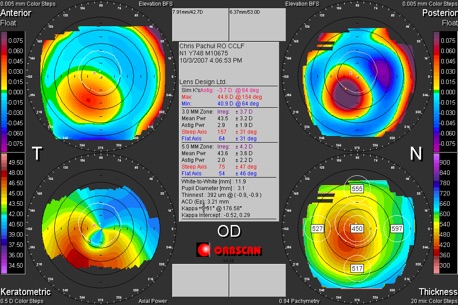

Unsourced material may be challenged and removed. Please help improve this article by adding citations to reliable sources. This section needs additional citations for verification. Many marine animals such as jellyfish are highly transparent. This is easier in dimly-lit or turbid seawater than in good illumination. Transparency can provide almost perfect camouflage for animals able to achieve it. The attenuation of light of all frequencies and wavelengths is due to the combined mechanisms of absorption and scattering. The frequencies of the spectrum which are not absorbed are either reflected or transmitted for our physical observation. They absorb certain portions of the visible spectrum while reflecting others. Many substances are selective in their absorption of white light frequencies. Many such substances have a chemical composition which includes what are referred to as absorption centers. Materials which do not transmit light are called opaque. Absence of structural defects (voids, cracks, etc.) and molecular structure of most liquids are mostly responsible for excellent optical transmission. Many liquids and aqueous solutions are highly transparent. Some materials, such as plate glass and clean water, transmit much of the light that falls on them and reflect little of it such materials are called optically transparent. Photons interact with an object by some combination of reflection, absorption and transmission. These interactions depend on the wavelength of the light and the nature of the material. When light encounters a material, it can interact with it in several different ways. The opposite property of translucency is opacity. Transparent materials appear clear, with the overall appearance of one color, or any combination leading up to a brilliant spectrum of every color. A transparent material is made up of components with a uniform index of refraction. In other words, a translucent material is made up of components with different indices of refraction. Translucency (also called translucence or translucidity) allows light to pass through, but does not necessarily (again, on the macroscopic scale) follow Snell's law the photons can be scattered at either of the two interfaces, or internally, where there is a change in index of refraction. On a macroscopic scale (one in which the dimensions are much larger than the wavelengths of the photons in question), the photons can be said to follow Snell's law. In the field of optics, transparency (also called pellucidity or diaphaneity) is the physical property of allowing light to pass through the material without appreciable scattering of light. Send us feedback about these examples.Dichroic filters are created using optically transparent materials. These examples are programmatically compiled from various online sources to illustrate current usage of the word 'pellucid.' Any opinions expressed in the examples do not represent those of Merriam-Webster or its editors.

2019 To reach the restoration site where this crew is working, Silver traversed a realm of perfection: cool, pellucid pools and side channels of Elk Creek, a tributary of the Hoh. , 13 July 2021 Giselle’s signature steps - rocking ballottés and teasing ballonnés and high-kicking grands jeté-passés - were pellucid the traveling ronds de jambe could hardly have been faster or cleaner.


2021 The outer movements mixed thoughtful vigor with pellucid lyricism.
Pellucid definition skin#
2022 The dish is traditionally served cold, but the CheLi chef Wang Lin Qun’s version is pleasantly warm, allowing the pellucid skin to caramelize into an ambrosial crunch. Stephanie Burt, The New Republic, 29 Mar. Recent Examples on the Web Later, his industry and his pellucid style gave him other successes, as a writer of slice-of-life novels, an idiosyncratic left-wing polemicist, and a public explainer.


 0 kommentar(er)
0 kommentar(er)
